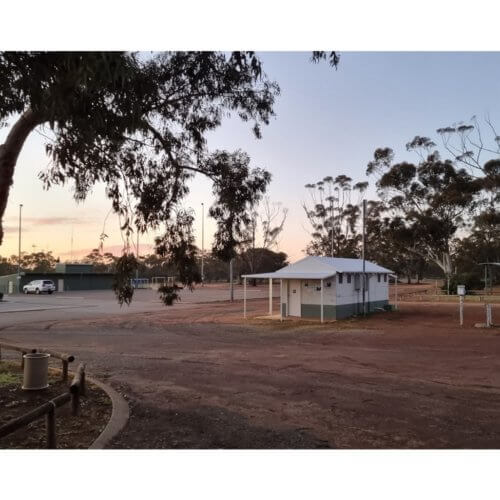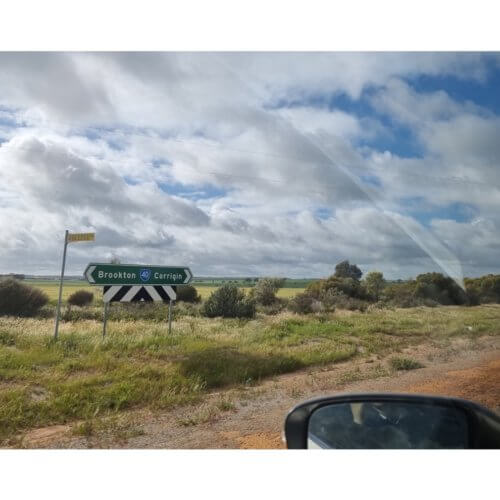by Thomas Flentri
My Journey
Drawing has always played a large expressive significance in my life, and I very much attribute my current situation as an architecture student and junior in the architectural practice world as a stepping stone from my love of drawing as a child. Before the days of sleepless nights on campus in the computer labs, or the rush to quickly fix a marked up set of drawings for a co-worker; I still vividly remember being tasked as a primary schooler to design my own pirate island map. I loved being able to visually imagine where and what I’d draw on this large map if I was the one to dig up that treasure, and I think that rush of expressing my own ideas onto paper as quickly as possible is what slowly pushed me into the direction of the built environment industry.
To be truthful, I’ve never been that star student (I think gaming addiction in high school may have impacted that part of me), but the passion is something that sticks and my current journey with ORA has certainly been the highlight into pushing that passion to the next level.
While studying my masters of Architecture at Curtin University I was given the option to apply for a practical experience program. At the time I jumped at the opportunity, knowing how useful and beneficial an in-industry experience would be for my field. As almost any architecture student would tell you, architecture for students is highly competitive, and any advantage gained through practical experience opportunities should be seized.
As a result, I was graciously given the opportunity, and invited to spend approximately 100 hours with Rosalie and the amazing team at ORA last year for my practical experience unit. Words cannot express the nervousness of driving for 2 hours to the Wheat-belt and opening the front door to the office for my first taste of working in a practice. For some student context, its scarier than accidently opening the door to a full class of 60 students and watching a collective 60 faces turn towards you as you ask the lecturer, “Hi sorry is this my class?”.
Thankfully I can say I was greeted by the nicest and most welcoming people that made me feel at home straight away. In the end every young person stepping into a practice must realise that the big scary architects with an addiction to coffee are just like us, adults without enough sleep…
Working with ORA was and is the highlight of my professional experience so far. In a short amount of time I was given the opportunity to visit several different towns across the region, work with councils, architects, and dive into the world of architectural drafting. I’ve been learning various CAD skills not taught in architecture school and the value of incredibly important documents such as the brick coursing chart, or the importance of quadruple checking a set of drawings before sending out for final review.

Student Life
In my short time working in practice at ORA, I can say the biggest contrast between studying and working is the ease and positive outlook on feedback or assistance. While tutors and peers are also essential for helping you progress, its certainly not as ‘available’ as what I’ve experienced while working in practice. Architects naturally must create a strong personal bond with not only clients or consultants in the field, but within each other in the office. They aren’t just co-workers but friends, and its this relationship combined in an industry environment that allows for constant back and forth assistance and feedback at a rate much faster than that of a class once a week or email every now and then that I truly believe has vastly not only improved my ability in my course of study, but my organisational skills and verbal professional ability.
I can say one of the best teachings I’ve received didn’t stem from school but from practice, where time is literally money. I’ve been taught that allocation of hours to specific items of work is essential not only for organisation but for assessing efficiency. This skill I feel is somewhat over looked by university as we obviously don’t get paid to study, but we do for working in practice. And I believe it’s this reality of having our team be as productively utilised as possible that has woken up my sense of urgency to produce quality work.
Balancing student life to me is far too relaxed, however that is mostly my downfall. Having an assignment due in, for example 6 weeks, leaves a huge grey area from receiving the brief to the submission deadline, especially when we are so heavily encouraged to work ‘our own way’ and we get so much creative freedom, it can allow for a hazy project plan and schedule. The benefit of working in practice has shown me that in order to achieve success in a project, one must be able to constructively plan out a schedule that is realistic, but flexible, before one starts work. There are grounded steps for projects in practice, whereas study assignments are so flexible, its easy to get lost and not keep track of what’s really essential, and go down a rabbit-hole of design which is not relevant to the project outcome.
Practice Life
Getting paid for what I do is certainly a driving factor I must admit, however personally seeing the visual abstract renders of a building I designed end up being shown to members of Council, and then receiving positive feedback from industry professionals is a great feeling I won’t ever forget.
Sharing ideas and thoughts on commonly used programs such as Vector Works, InDesign and AutoCAD, and seeing my own drafting getting used for current practice projects is an uplifting experience. I think one of the best things about working in a professional environment is being able to talk to other professionals about something that may be new to them and being able to teach them something new, while also being flooded with new and important lessons on how to prepare documents or do something as simple as site visits and measuring up a home (even if said home may have huge huntsman spiders and said drafty is terrified of even the smallest spiders).
I’ve also found that practice has taught me so many minor yet important aspects to architecture that sadly isn’t always emphasised or focused on in school, such as the architect – client relationships. University will see you receive a vague brief and push us into the deep end straight away to design say, a large scale mixed use commercial building; but it’s the small family client that wants a new renovation, with strict budgets and friendly faces that I’d say stick with me more than a group of corporates or a panel of teachers can. I think its overlooked just how important it is to see the realities of this industry and how life changing even the small scale projects can be for clients and communities.
Being based in Brookton outside the metropolitan area, ORA has given me such a wider scope into the relationships of the rural and Wheat-belt communities. Everyone knows another person in said town to a degree, and I think this close relationship between people allows for a very different outlook into architecture than that of the competitive and intimidating corporate nature of Perth’s city-based built environment industries.

People and what ORA has and is doing for me
Speaking to students, friends in practice and other architects has taught me that its always personal preference whether to go into a larger practice or a smaller one, however after spending several months in this practice on work experience and now working part time with ORA has taught me the importance of what can be learned in the small practice context, and what it brings to me professionally and personally. I’m able to see first hand the inner workings of practice and be included with a greater emphasis into projects due to the smaller scale of project type. And as a result I truly believe It’s made me a much better designer, worker and person.
Working with ORA has been the highlight of my architectural career so far, and my first official stepping stone into the industry aside from studying for my Masters degree. The lessons I have learnt have already been applicable and more than useful even to my first week back into semester for 2022. Apart from the teachings, I think the connections and people you meet are just as beneficial, these are not only co-workers but friends and mentors into the field of not only architecture but any career. Gaining knowledge from these people and their expertise on even the simple things such as how they manage time, how they organise and code drawings or how to manage caffeine use throughout an architect’s day has stuck with me.

